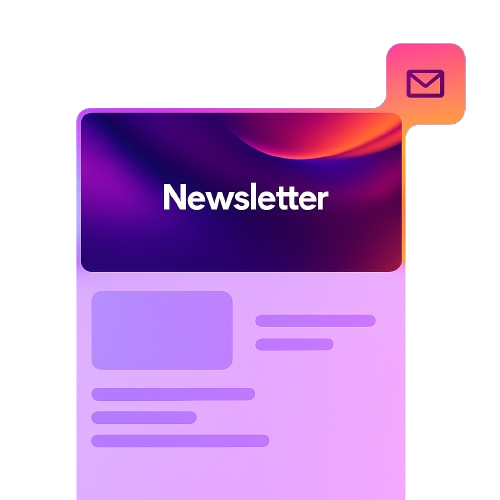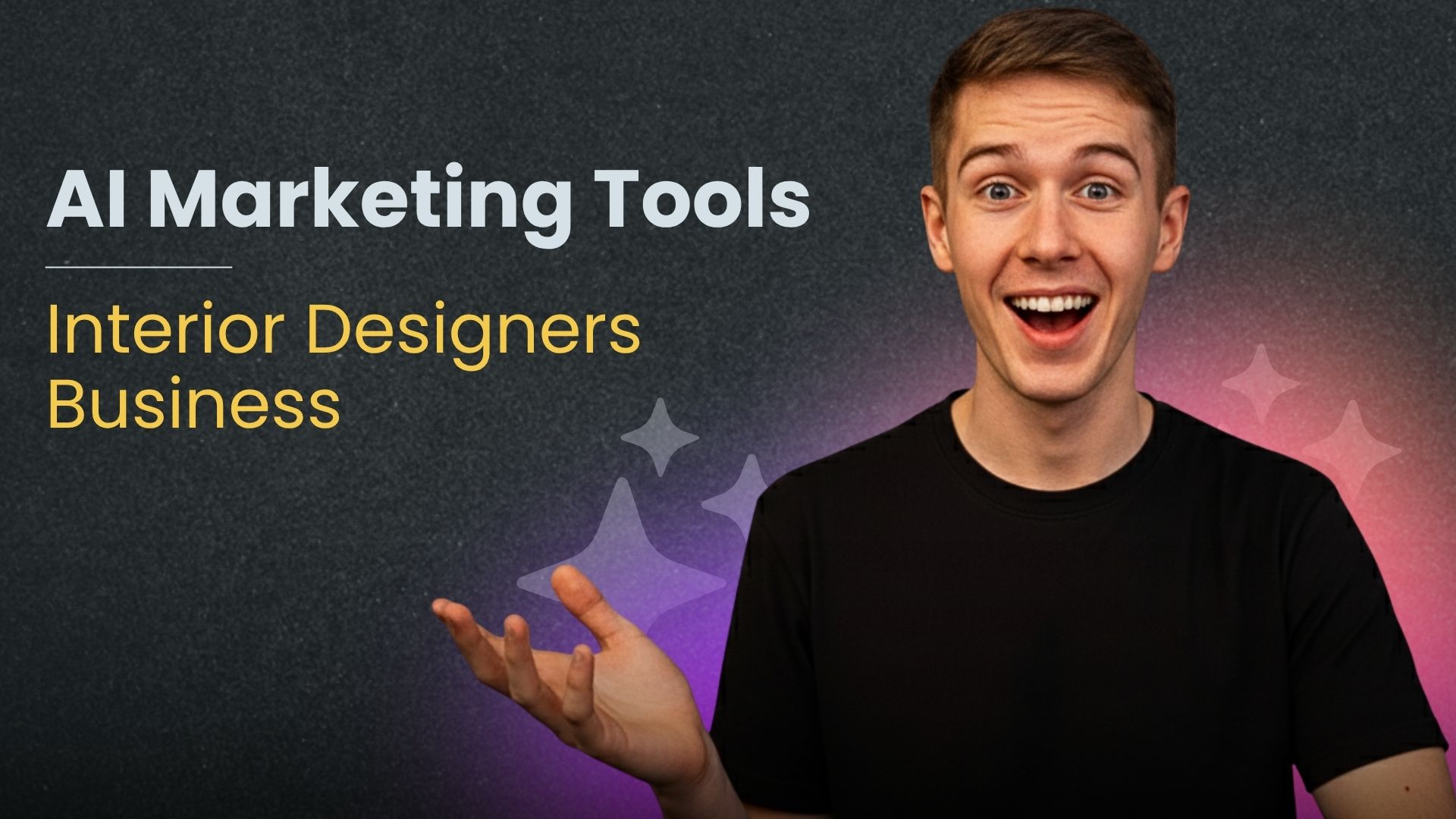
A beautiful website is useless if no one can find it. That’s why SEO (Search Engine Optimization) should be baked into your web design from day one. Whether you’re building a blog, portfolio, SaaS landing page, or e-commerce store, your website design needs to serve both users and search engines.
In this guide, we’ll explore the key principles of SEO-friendly design—and show you how to implement them using Imagine.bo, the next-generation no-code platform built for speed, scalability, and visibility.
Launch Your App Today
Ready to launch? Skip the tech stress. Describe, Build, Launch in three simple steps.
BuildWhy SEO Matters in Website Design
Search engines like Google rely on a combination of signals to understand, rank, and display your content. These include:
- Website structure and navigation
- Page load speed and mobile responsiveness
- HTML semantics (headers, meta tags, alt text)
- Content readability and UX
- Schema markup and structured data
When your site is designed with SEO in mind, you don’t just rank better—you also offer a smoother user experience, drive more organic traffic, and lower acquisition costs.
1. Start with a Clean, Crawlable Structure
Best Practice:
- Use a flat architecture (2-3 levels deep)
- Include a clear internal linking strategy
- Build logical navigation with categories and breadcrumbs
How Imagine.bo Helps: Imagine.bo automatically structures your pages in a crawlable hierarchy. It generates SEO-friendly URLs, lets you build dynamic sitemaps, and ensures pages are easily discoverable by bots.
2. Optimize Your Site for Speed
Page speed is a confirmed Google ranking factor. Slow websites hurt SEO and user experience.
Best Practice:
- Compress images
- Lazy-load media and assets
- Minimize HTTP requests
- Use fast hosting with CDN support
How Imagine.bo Helps: Every site built on Imagine.bo is deployed to fast cloud infrastructure like AWS, GCP, or Vercel. Built-in performance optimization (image compression, asset minification, CDN routing) ensures your site loads fast across devices and regions.
3. Design for Mobile-First Experiences
Google indexes the mobile version of your site first. Responsive, mobile-friendly design isn’t optional.
Best Practice:
- Use a responsive grid system
- Prioritize touch interactions
- Use readable fonts and appropriate spacing
How Imagine.bo Helps: Imagine.bo includes mobile-first templates and a responsive visual editor. You can toggle between mobile, tablet, and desktop views in real time and customize layouts for each.
4. Use Semantic HTML and Accessible Markup
HTML tags signal the structure and relevance of your content to Google.
Best Practice:
- Use H1 for main headlines, H2-H4 for subheads
- Include alt text for images
- Label navigation, buttons, and forms properly
How Imagine.bo Helps: The platform’s visual editor outputs semantic, clean HTML by default. Accessibility settings and metadata fields are built into every content block.
5. Add SEO Metadata and Open Graph Tags
Meta titles and descriptions help search engines understand your page. Open Graph tags control how links appear when shared on social media.
Best Practice:
- Write unique titles (50-60 characters) and meta descriptions (150-160 characters)
- Add OG:title, OG:description, and OG:image for every page
- Use keyword-rich slugs
How Imagine.bo Helps: Easily add meta tags, OG tags, and Twitter Cards to every page from the settings panel. No plugins required.
6. Optimize Your Images for SEO
Images need to load fast and contribute to on-page relevance.
Best Practice:
- Use descriptive file names (e.g., seo-friendly-website.jpg)
- Compress images without losing quality
- Add alt text and captions
How Imagine.bo Helps: Upload images through Imagine.bo’s media manager, which handles optimization and compression automatically. Alt tags can be edited in a click.
7. Include Structured Data (Schema Markup)
Structured data helps Google understand your site better and display rich snippets in results.
Best Practice:
- Add schema for articles, products, FAQs, reviews, and local business
- Use JSON-LD format
How Imagine.bo Helps: Use built-in schema presets or add custom JSON-LD to the page head. Imagine.bo includes templates for FAQ schema, article schema, product markup, and more.
8. Build Fast, SEO-Ready Blogs
Blogs drive long-term organic traffic and establish topical authority.
Best Practice:
- Follow E-E-A-T (Experience, Expertise, Authoritativeness, Trustworthiness)
- Use proper heading hierarchy
- Link to relevant internal and external pages
How Imagine.bo Helps: Launch a dynamic blog in minutes. Each post includes fields for titles, meta descriptions, slugs, cover images, authorship, and tags. Your blog auto-generates an SEO-optimized feed with structured URLs.
9. Generate and Submit Sitemaps
XML sitemaps tell search engines which pages to crawl and index.
Best Practice:
- Submit sitemaps to Google Search Console and Bing Webmaster Tools
- Update sitemaps dynamically as content changes
How Imagine.bo Helps: Each project includes an auto-updating sitemap.xml and robots.txt. You can preview, customize, and submit directly from the dashboard.
10. Track SEO Performance
Measurement is key to continuous SEO improvement.
Best Practice:
- Use tools like Google Analytics, Search Console, and keyword trackers
- Monitor traffic sources, bounce rates, CTRs, and rankings
How Imagine.bo Helps: Native integrations with GA4, Search Console, Plausible Analytics, and RankMath let you track everything without custom code. Get actionable insights from your dashboard.
Why Imagine.bo Is Built for SEO-First Teams
Imagine.bo isn’t just another no-code builder. It’s a full-stack, SEO-ready platform designed to help you launch high-performance websites that rank and convert.
What Sets It Apart:
- Fully responsive and WCAG-compliant templates
- Clean, fast-loading code structure
- Built-in technical SEO features
- Easy-to-edit meta and OG tags
- Schema markup support
- Secure cloud hosting and CDN delivery
Whether you’re launching a startup, an agency portfolio, or a content hub, Imagine.bo gives you everything you need to design with SEO in mind—without writing a single line of code.
Final Thoughts: Design for Visibility, Not Just Beauty
SEO-friendly design is about making your site discoverable, usable, and valuable. It’s not just about ranking—it’s about creating experiences that search engines want to recommend.
With Imagine.bo, you get the best of both worlds: the creative freedom to build without code, and the infrastructure needed to dominate organic search.
👉 Try Imagine.bo free until August 2025: https://www.imagine.bo
Build fast. Rank faster. Design with purpose.
Launch Your App Today
Ready to launch? Skip the tech stress. Describe, Build, Launch in three simple steps.
Build




